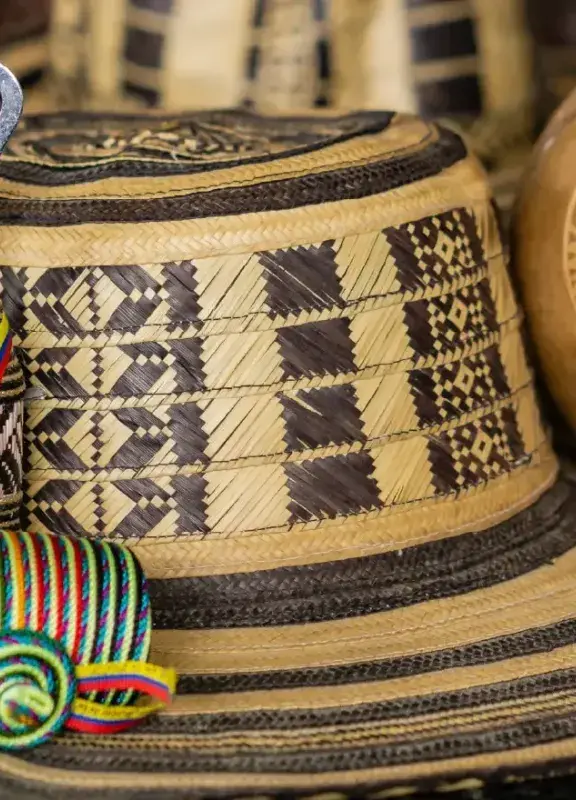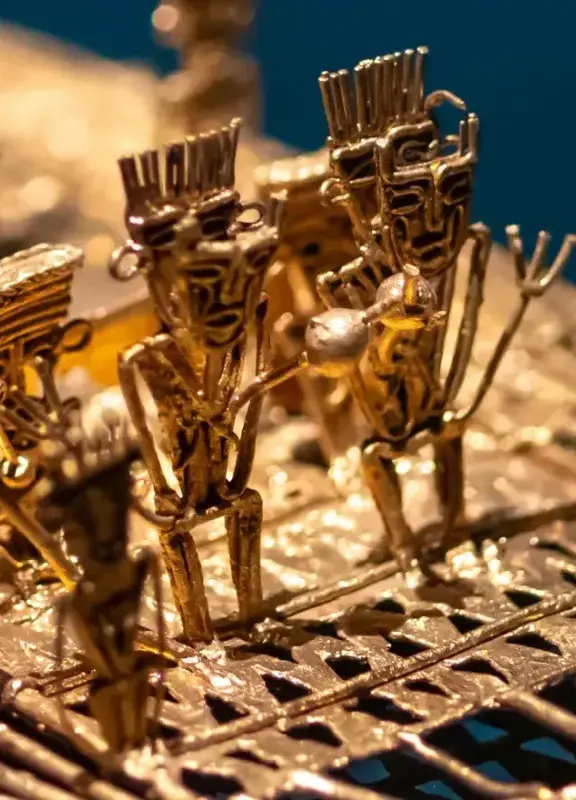The fascinating history of vallenato music
Vallenato: in northeastern Colombia, on the banks of the Guatapurí River, lies the culture that gave birth to the country's most popular musical genre.
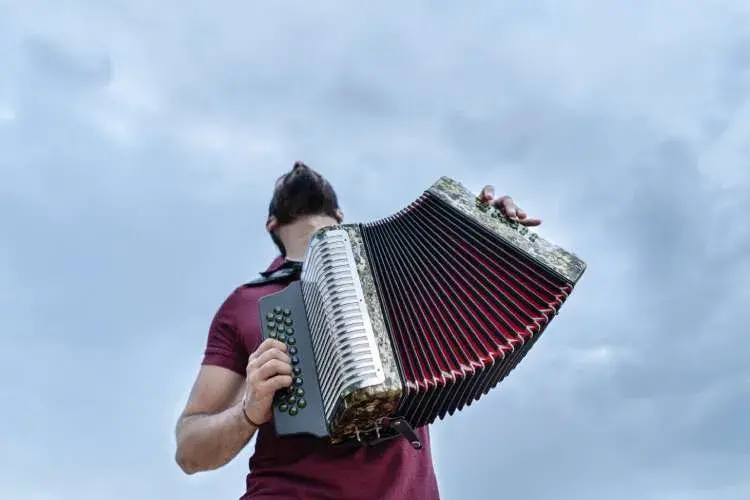
Nestled in a spectacular valley framed by the Sierra Nevada de Santa Marta and the Serranía del Perijá lies Valledupar, the capital of the department of Cesar. This beautiful city is one of the main musical centers in the country as the birthplace of vallenato, a musical genre declared by UNESCO as Intangible Cultural Heritage. Because of this, one of its main tourist attractions is the Festival de la Leyenda Vallenata, held since 1968.
It is considered the most important festival of the genre in the country and attracts thousands of national and international tourists every year who come to enjoy the talent of Colombian vallenato music. Events include the crowning of the Vallenato King and traditional "piquerías" or verse duels between participants.
Discover the history and importance of Vallenato in Colombia
How was Vallenato born?
This musical genre was born in Valledupar, home to indigenous tribes including the Chimilas and Tupes, who were ruled by a powerful chief known as Cacique Upar. This is where the city gets its name (Valle de Upar), and vallenato, in turn, means "born in the valley". It is said that farmers in the region inherited the traditions of Spanish and African minstrels, singing and playing their instruments as they traveled from town to town with their cattle, sharing news and messages.
Eventually, African and Indigenous instruments like the gaita flute, guacharaca, and drums were combined with the European accordion, and thus vallenato was born.
What instruments are used to play Vallenato?
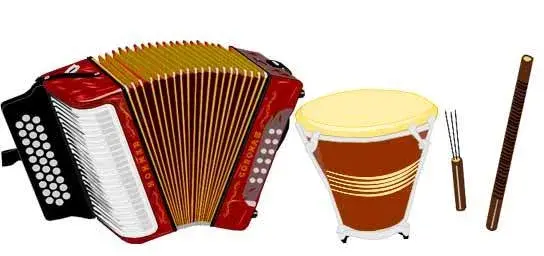
You may also enjoy: The sound of music, traditional Colombian instruments
- A small drum (caja vallenata) held between the knees and played with bare hands, a tradition brought to Colombia by African slaves.
- The guacharaca, an indigenous instrument designed to imitate the call of the guacharaca bird, originally used for hunting rituals and courtship. It is grooved and made of wood, scraped with a three-pronged fork.
- The accordion, originally from Germany.
This is what makes vallenato so special—it represents the union of three cultures (Indigenous, European, and African) into a unique genre that has crossed borders.
What is the history of Vallenato in Colombia?
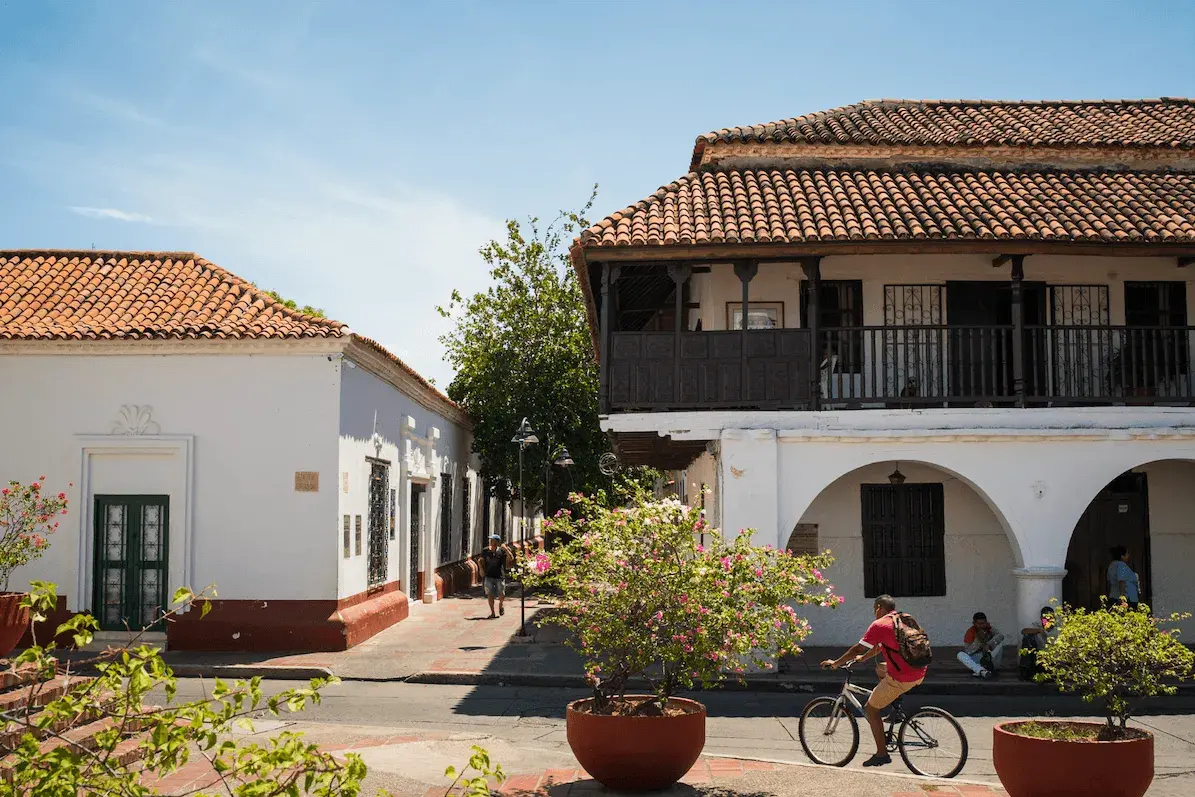
Vallenato music is part of the traditional folk music of the Colombian Caribbean Coast, and it is the genre that has gained the most popularity both nationally and internationally. However, at first it wasn't widely appreciated. Its roots lie in the farmers who sang from village to village, telling news and stories, weaving jokes, gossip, and even obscenities into their songs.
This is how it became known and gained importance when the elite classes wanted to bring this music to the Valledupar Social Club to drink and listen to the stories of the minstrels (today people dance to vallenato, but many still enjoy just listening to it).
It gained so much popularity that a festival dedicated exclusively to the genre was created. Alfonso López, then governor of Cesar, journalist Consuelo Araujo, and composer Rafael Escalona founded the Festival de la Leyenda Vallenata in 1996 to crown the best of the best.
Festival de la Leyenda Vallenata
The festival is held every April in Valledupar and seeks the best representatives of the musical genre, especially accordionists, who usually steal the show (in the past, accordionists used to sing themselves, but today they team up with singers). Vallenato music has four different rhythms, known as "aires" (son, paseo, puya, and merengue) which depend on the song’s mood, lyrical structure, and the rhythm set by the accordionist.
Every year, these musicians compete to be crowned Rey Vallenato (Vallenato King) at this major Colombian festival, and every ten years, past kings compete for the title of King of Kings. In addition to the Festival Vallenato, Valledupar offers visitors the chance to walk along the linear park of the Guatapurí River, visit the Plaza Alfonso López, or relax in one of the city’s many comfortable hotels.
 Welcome, you are in
Welcome, you are in 









